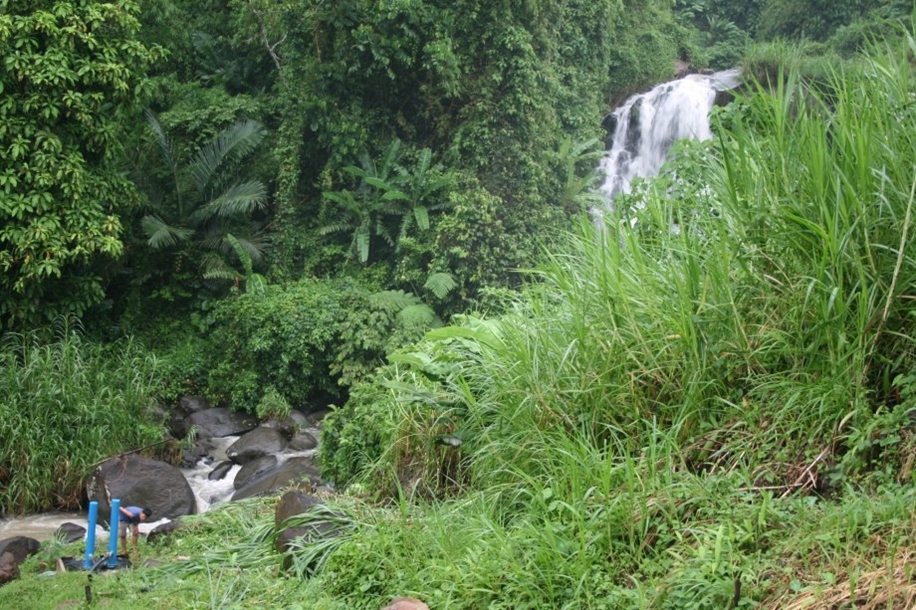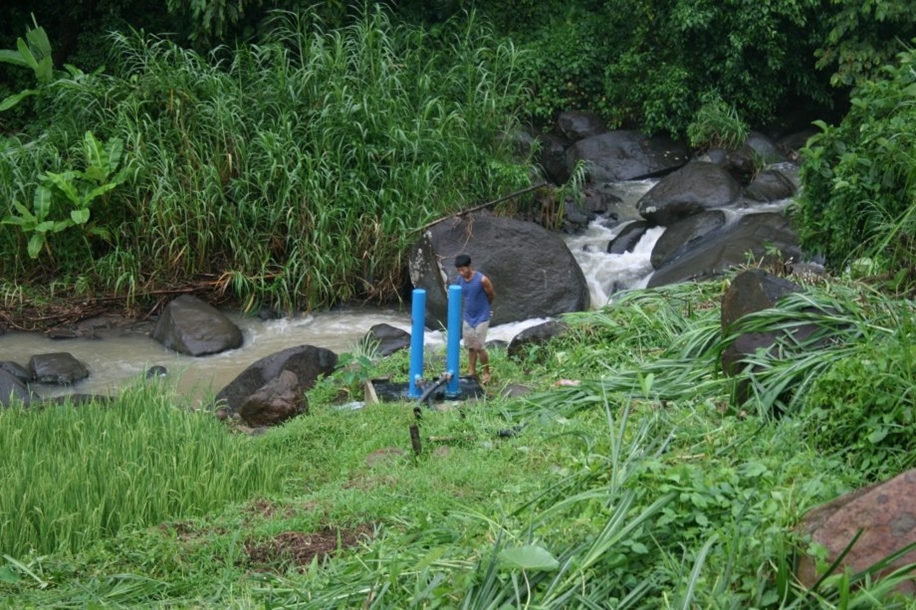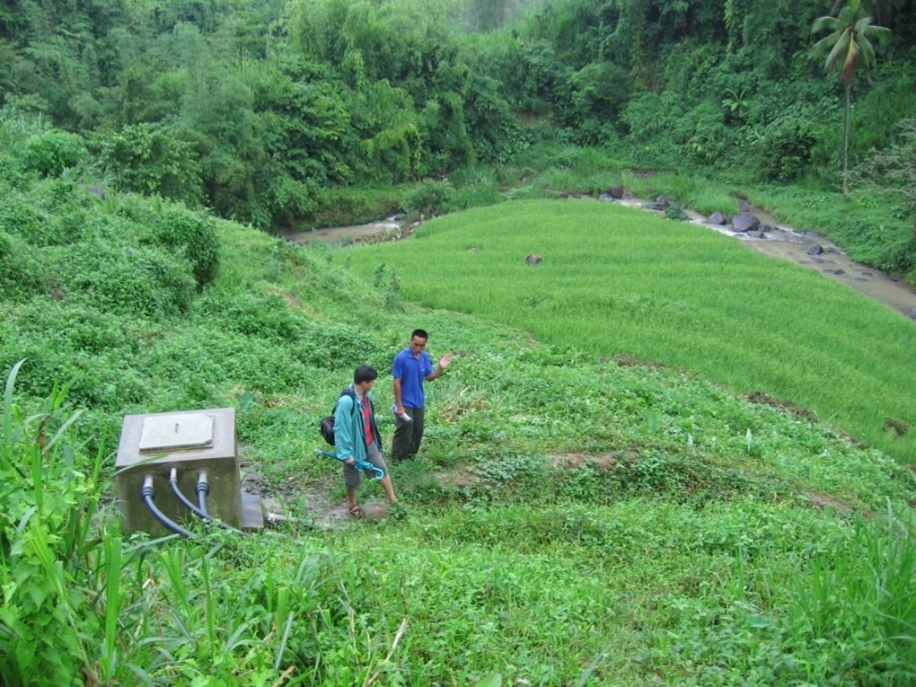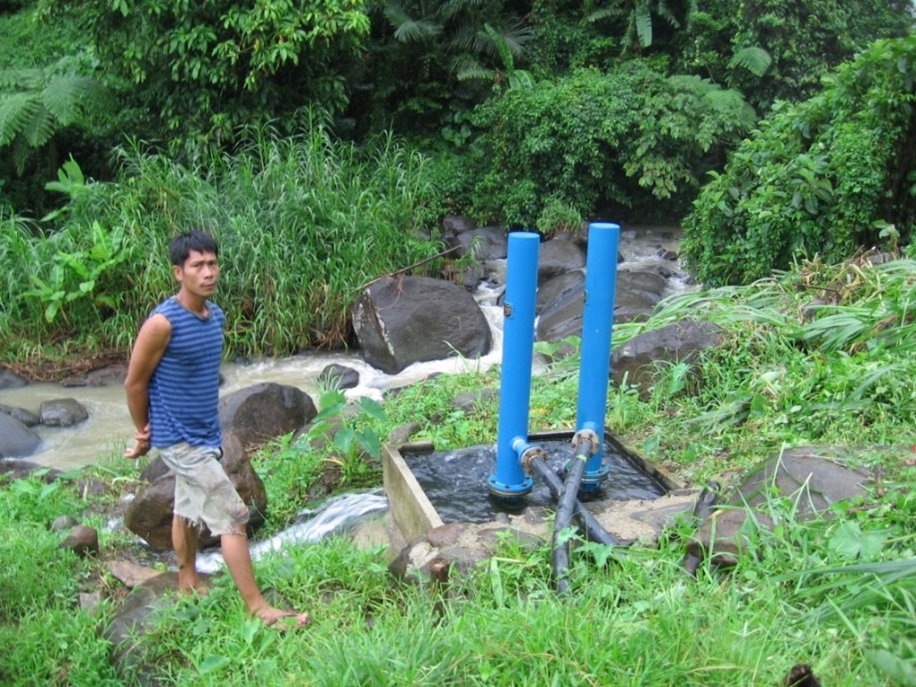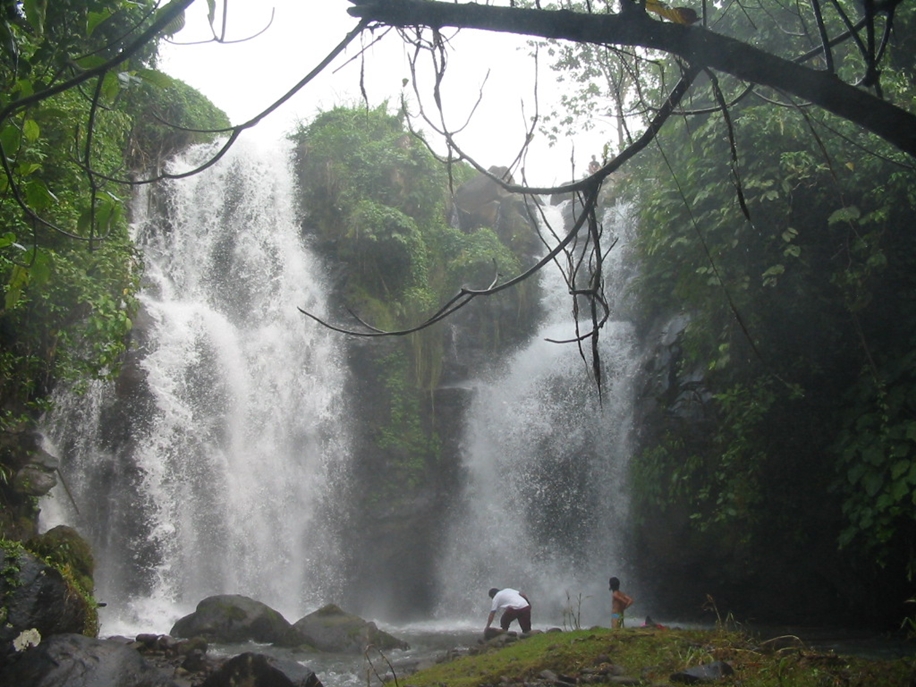In 1992, the Philippines government identified “biologically important public lands” that provide habitat for rare and endangered species. Unfortunately, during this process the government barely consulted communities, so there is scant grassroots support for some of the protected areas. One of the areas designated is Negros Island in the Western Visayas Region. The Municipality of Murcia is located within the North Negros Forest Reserve and Mt. Kanlaon Natural Park. Illegal logging, slash-and-burn farming, and indiscriminate hunting threaten the protected area.
Three barangays (villages) in the municipality – Barangays Canlandog, Santa Cruz, and Buenavista – are willing to protect 4,942 acres of watershed forest adjacent to their villages for 30 years. In exchange, Seacology will fund the installation of a hydraulic ram pump water system. The Alternative Indigenous Development Foundation, Inc. will install the pumps, which will provide water for sanitation, hygiene, washing clothes, and drinking.





